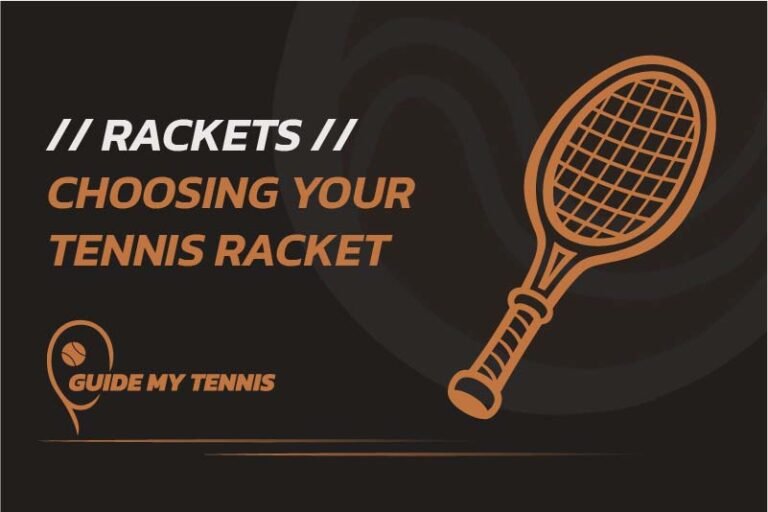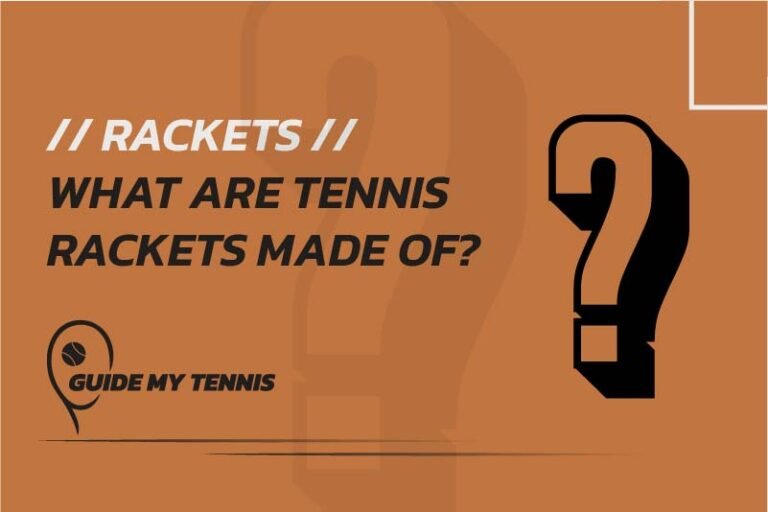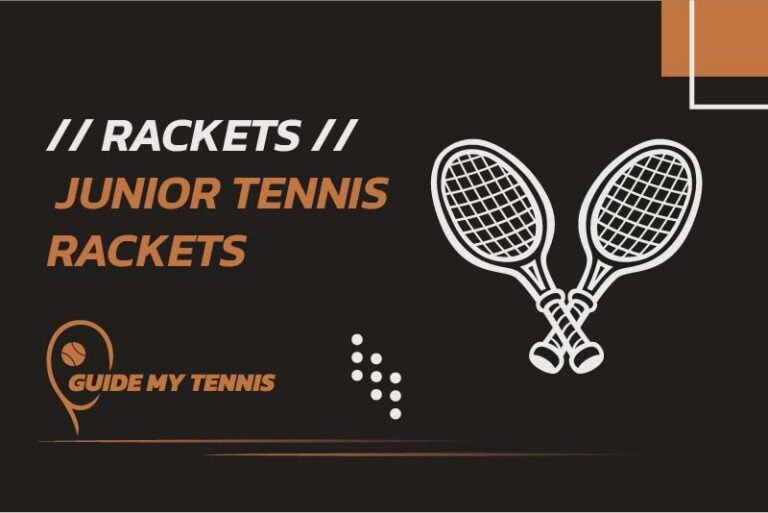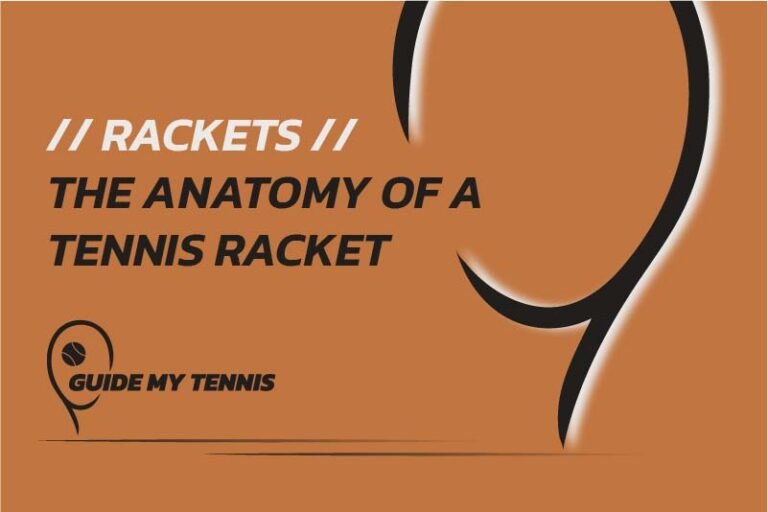Determining Your Tennis Racket Grip Size
The grip is a small yet critical element of the tennis racket that can heavily impact your game. It is a topic that, unfortunately, many recreational-level players fail to understand. But today, in this blog, we’ll go over the 2 main questions surrounding the tennis racket grip. After reading this blog, you’ll be able to…
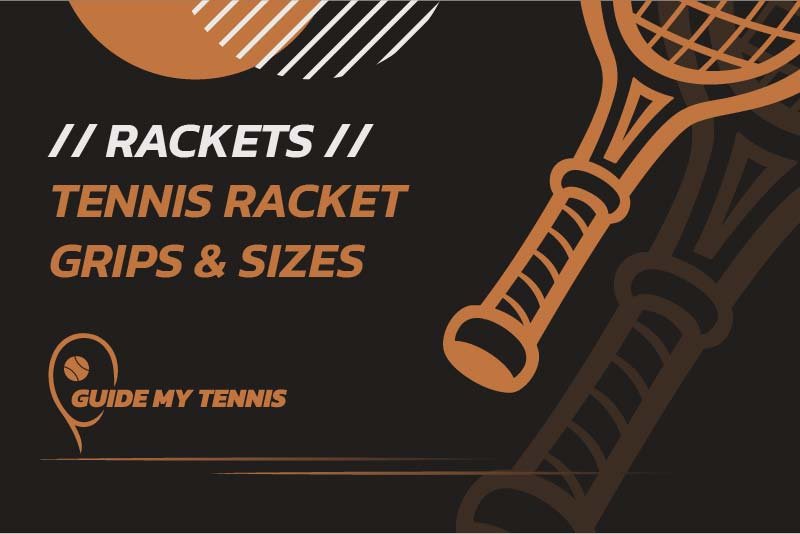
The grip is a small yet critical element of the tennis racket that can heavily impact your game. It is a topic that, unfortunately, many recreational-level players fail to understand. But today, in this blog, we’ll go over the 2 main questions surrounding the tennis racket grip.
- Why does grip size matter?
- How do I find my grip size?
After reading this blog, you’ll be able to understand why grip size is important, what its role is, and how to find the right grip size to suit your preferences.
Let’s jump into it!
What is the Tennis Racket Grip?
Okay, so before we tackle the subject of the importance of grip size, we must understand what constitutes a tennis racket grip. The grip is commonly referred to as the handle of the racket. Now when we talk about the different grip sizes, we are simply referring to the variation in the handle’s diameter.
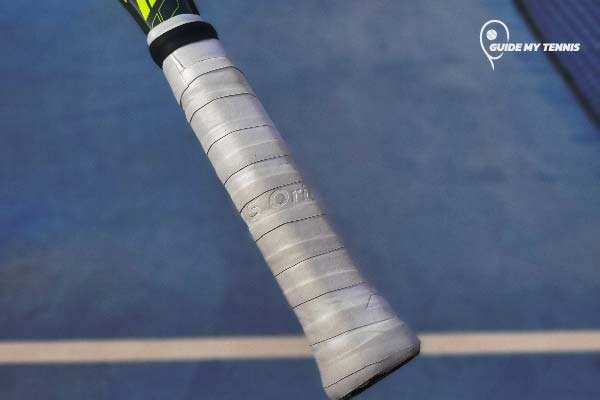
Why does Tennis Racket Grip Size Matter?
A lot of research was carried out over the years and the tennis racket grip was understood better. Many recreational-level players will say that you just have to try it out and see if that grip size is comfortable. However, here is what you need to consider.
The grip is used for adjusting the angle at which you will hold your racket. The way you hold your racket will also determine the angle at which you will hit the ball. Keeping that in mind, you need something that gives you the right levels of power and wrist manoeuvrability.
A larger grip size will be preferred by those players who opt for power. However, whilst opting for power, they are also limiting their wrist manoeuvrability since the grip size is rather large. A reduction in wrist manoeuvrability leads to the absorption of more shock and less control of the ball. This subsequently puts pressure on the tendons surrounding the area of your wrist and elbow. Playing with a significantly larger grip size than what is suitable for you can lead to problems such as tennis elbow.
On the other hand, a smaller grip size enables you more manoeuvrability. This manoeuvrability and freedom of movement comes through the flexion of the wrist. Keep in mind that this increase in movement means that you need to hold the racket tighter. Playing with a tennis racket grip size that is smaller than it should be can also lead to injuries around the wrist area.
When it comes to our junior pals, the grip size remains the same size for all junior tennis rackets. If your child has a rather larger hand, you can always add an overgrip, but make sure this does not create a grip that is too big for the junior.
Research: The Effect of Grip Size on the Hitting Force During a Soft Tennis Forehand Stroke
Yes, I know, soft tennis is not the same as regular tennis. Soft tennis uses a softer ball as opposed to the hard yellow balls that bounce with significantly more power. But let’s focus on the main thing – the grip.
This research tested the hypothesis that the hitting force correlates with the grip size. The results obtained through this study concluded that the hitting force can be improved by increasing the grip size. The study also observed that individuals with a longer middle finger demonstrated an increased hitting force. Quite interesting, right?
How to Find the Correct Tennis Racket Grip Size?
Well, for this you can use either one of the two methods listed below.
Method 1
You should hold your tennis racket in an eastern forehand grip and see whether the index finger of your non-hitting hand fits in the space between the edge of your fingers and your palm. If the fit is perfect then that is it. However, if there is space, the grip is too big and if there is not enough room to place your index finger, the grip is too small.
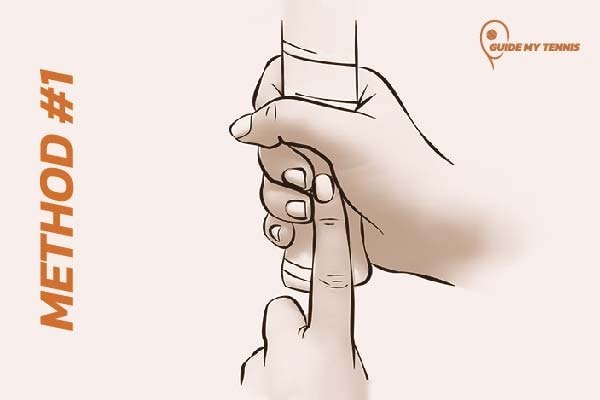
Method 2
You can also measure the grip size by using a ruler. This method is particularly handy when you do not have a tennis racket at hand. With your hand open, and fingers extended and close together, you need to align the ruler with the bottom crease found on your palm and measure up to the tip of your ring finger. The measurement would be the correct grip size for you.
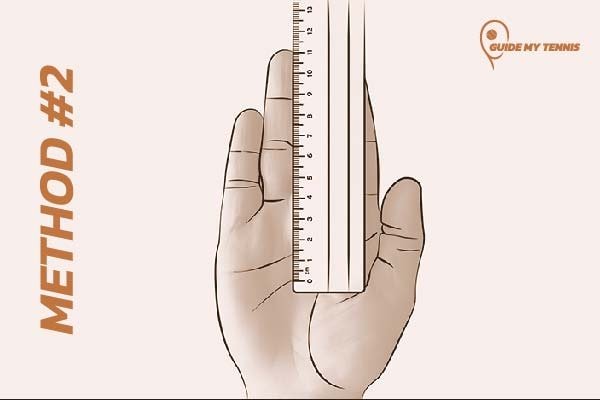
I am also leaving this tennis racket grip size chart here for you to follow. You can go ahead and save this for later!
Note that if you are looking to buy a new tennis racket and you are between sizes, I’d recommend going for the smallest of the two. The reason is that you can easily increase the thickness of the grip by placing an overgrip on top of your main grip. An overgrip tends to add between 1.3 to 1.6 mm, so keep this in mind.
How do I Hold the Racket?
Well, this is an interesting topic. This is also a topic which many players skip over or just fail to understand. Unfortunately, I’ve even seen tennis coaches having difficulty in explaining these. Let me break it down really quickly for you.
As you know, the handle of the racket is not round. It adopts an octagonal shape – a shape that increases friction and provides comfort. The sides of the octagon are called bevels. By placing your index knuckle on the different bevels, you automatically adjust the angle at which you hold your racket. This, in turn, will impact the way you hit the ball.

There are 4 main grips for handling your racket. These are as follows:
There also exist some variations of these grips. If you want, I’ve dedicated this space to carefully explain these grips in detail whilst keeping it as simple as possible. Check out the different ways to handle your tennis racket here.
Concluding Thoughts
Well, now after going through this, I do hope that you have a better understanding of why the tennis racket grip is an important element of the tennis racket. Yes, recently, players seem to be opting for a smaller grip size as many find that this enhances their ability to generate more spin. But always choose according to what you find comfortable and what works for you.
If you need any help, just send me a message. I’ll be happy to provide you with more tennis content on the Guide My Tennis platform.

